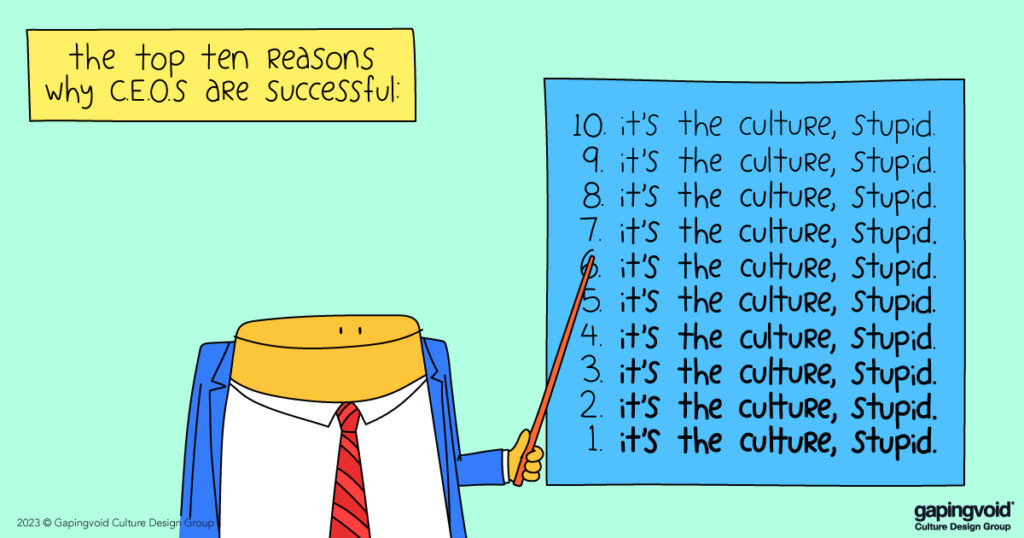
In 1965, CEOs at the top 350 publicly owned US firms made 20 times as much as their average employee. In 2021, they made 400 times as much.
This dramatic rise in CEO compensation lends ammunition for attacks on the economic status quo. Books like Can American Capitalism Survive? point to the $28 million annual salary for these CEO’s as a reason why it probably won’t. Inequality like that, they argue, simply can’t coexist with a close-knit social and cultural fabric.
That’s why many people say it’s a step in the right direction that Jamie Dimon, the CEO of JP Morgan, is receiving significantly less compensation this year, along with Tim Cook, the CEO of Apple.
Maybe they’re right. Maybe they’re wrong. CEO compensation is a nuanced question. It’s not always exorbitant and unfair. And it’s not always reasonable and justifiable.
This is a good example of when applying the Chesterton’s fence heuristic makes sense (i.e. don’t knock something until you understand why it exists in the first place).
After all, there’s a system of inherent accountability in the marketplace. No company wants to pay its CEO more than it needs to or more than the economic realities can justify.
And then there are some credible strategic reasons for paying tens of millions of dollars to a CEO. As Naval Ravikant argues in The Almanack of Naval Ravikant, the CEO is a high-leverage position, and the bigger the company, the longer the lever. For a large company, paying tens of millions of dollars for a CEO who makes 1% of their decisions more wisely can translate to hundreds of millions of dollars in extra shareholder value. For this same reason, a slightly less effective CEO could lead the company to a much worse place, potentially one where many employees end up losing their jobs.
Still, there’s an even more compelling reason. A CEO is uniquely positioned to have a big impact on an organization’s culture. And that can be priceless. By some estimates, employee disengagement costs the global economy $7.8 trillion annually, and more and more CEOs are being hired specifically to create high-purpose, high-performance cultures in their organizations.
For those of us who aren’t CEO or bringing in multi-million dollar paychecks, there’s a silver lining. While a CEO is uniquely positioned to have a major cultural influence on an organization, they aren’t the only leaders who can.



